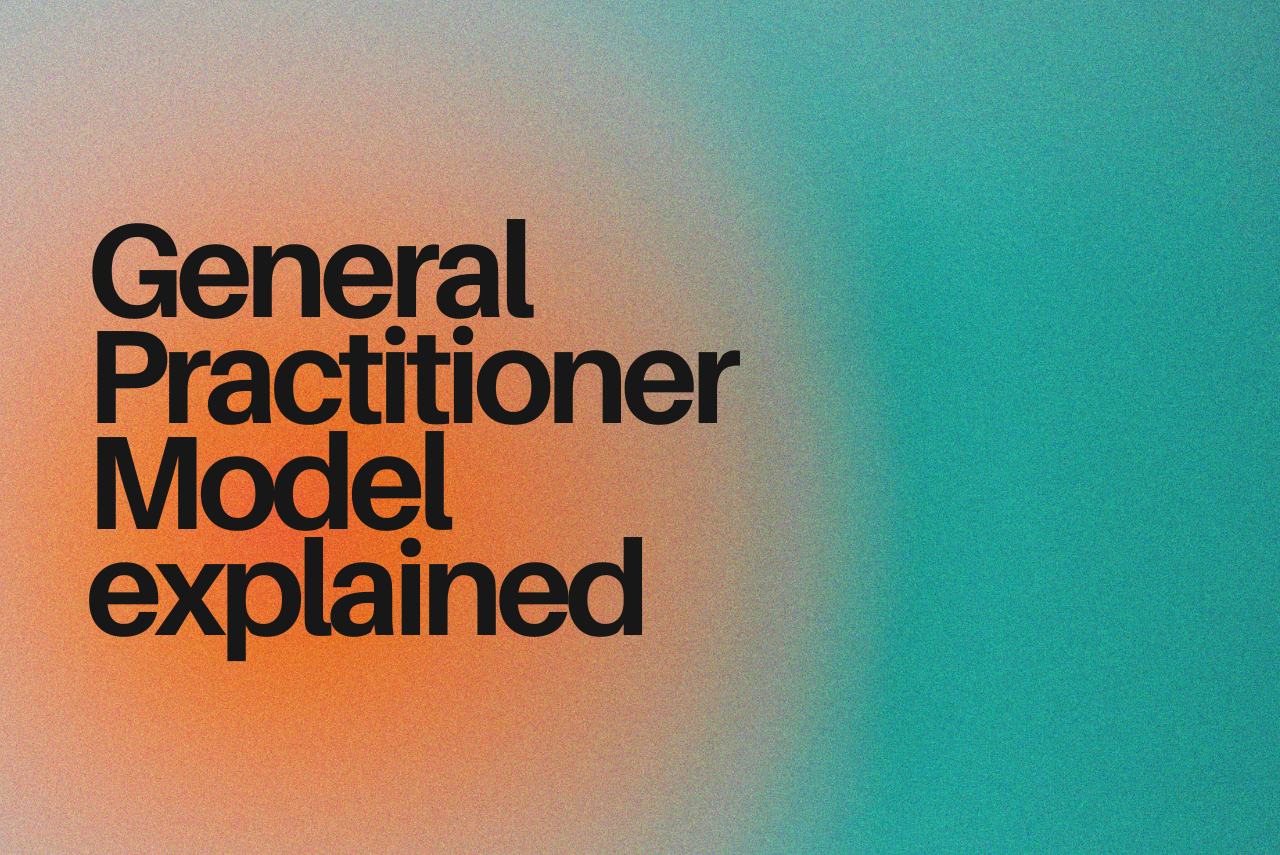
General Practitioner(GP) Model explained
In a small rural village in Bangladesh, a mother anxiously waits for medical care for her child, who has been suffering from a persistent fever. The nearest hospital is miles away, and the cost of travel and treatment is beyond her means. For millions like her, accessing quality healthcare remains a distant dream. This is where the General Practitioner (GP) model comes into play, providing a lifeline for those in need.
What is the GP Model?
The General Practitioner model is a patient-centered healthcare system that offers primary medical care through trained general practitioners. It serves as the first point of contact for individuals with health concerns. GPs provide diagnoses, prescribe medications, and offer preventive care. When necessary, they refer patients to specialized healthcare providers.
The model is designed to reduce the burden on hospitals by addressing non-emergency cases at the community level. It is widely implemented in developed countries, contributing to improved health outcomes and reduced healthcare costs.
How Does It Work?
The GP model functions by establishing a network of primary care providers, supported by digital tools and remote consultation systems. In this model:
Patients visit community health workers (CHWs) or local GP centers for routine check-ups and minor treatments.
GPs use digital platforms to access patient data and provide real-time medical advice.
In case of emergencies or complex cases, GPs refer patients to specialized medical facilities.
The system ensures that patients receive appropriate care promptly, reducing unnecessary hospital visits and ensuring early diagnosis and treatment.
Implementing the GP Model in Bangladesh
In rural areas of Bangladesh, CMED Health has adapted the GP model using digital technology. The implementation involved several key steps:
Deployment of Health Workers: Trained health workers equipped with portable health kits visit households to conduct health screenings.
Data Collection and Analysis: Health data, including blood pressure, blood sugar levels, and oxygen saturation, are collected and uploaded to a cloud-based platform.
Clinical Decision Support: Using AI-powered algorithms, the system evaluates the data and classifies patients into three categories:
Healthy: No significant issues detected.
Alarming: Further evaluation by a GP is required.
Emergency: Immediate medical attention is needed.
Remote Consultation: In alarming or emergency cases, GPs consult with patients through video calls or phone calls, providing necessary treatment guidance.
Referral System: For cases requiring advanced care, patients are referred to nearby healthcare facilities.
Imagine a community health worker named Ayesha, equipped with a CMED smart health kit. She visits homes in her village, measuring blood pressure, blood sugar levels, and oxygen saturation. One day, she finds that an elderly man shows signs of hypertension. With a simple tap on her mobile app, the data is sent to a GP for review.
Within minutes, the GP provides guidance on necessary steps and prescribes medication. The patient receives instructions on managing his condition and is scheduled for a follow-up. In cases where further diagnosis is needed, the patient is referred to a regional hospital. This seamless coordination between the health worker, GP, and specialist ensures no time is wasted.
Impact and Insights
The results from the pilot implementation in Nayanagar Union, Jamalpur, were eye-opening. Over 12,000 people received care through the GP model. Among the findings, hypertension was the most common health issue, affecting 4.84% of the population, while diabetes impacted 2.22%. Notably, women faced higher risks of hypertension and diabetes compared to men.
Additionally, the model shed light on the state of malnutrition in rural communities. Nearly 3.96% of young females were found to be severely malnourished, a stark contrast to the 2.34% of young males. These insights emphasize the need for targeted nutritional support and community health education.
The GP model’s success is a testament to how digital innovation can transform healthcare. With continuous data analysis and real-time patient monitoring, medical professionals can make informed decisions and respond swiftly to health emergencies. Moreover, families no longer have to endure the financial burden of unnecessary hospital visits.
However, there is still work to be done. Expanding this model across Bangladesh requires government support, investments in healthcare infrastructure, and ongoing training for health workers. Collaboration between public and private sectors will ensure that every individual, regardless of their location, has access to quality healthcare.
The General Practitioner model brings healthcare closer to those who need it most. It empowers communities, saves lives, and paves the way for a healthier future. As the sun sets in the village, Ayesha completes her rounds, knowing that her work has made a difference. Through the GP model, healthcare is no longer a luxury—it is a right, accessible to all.

